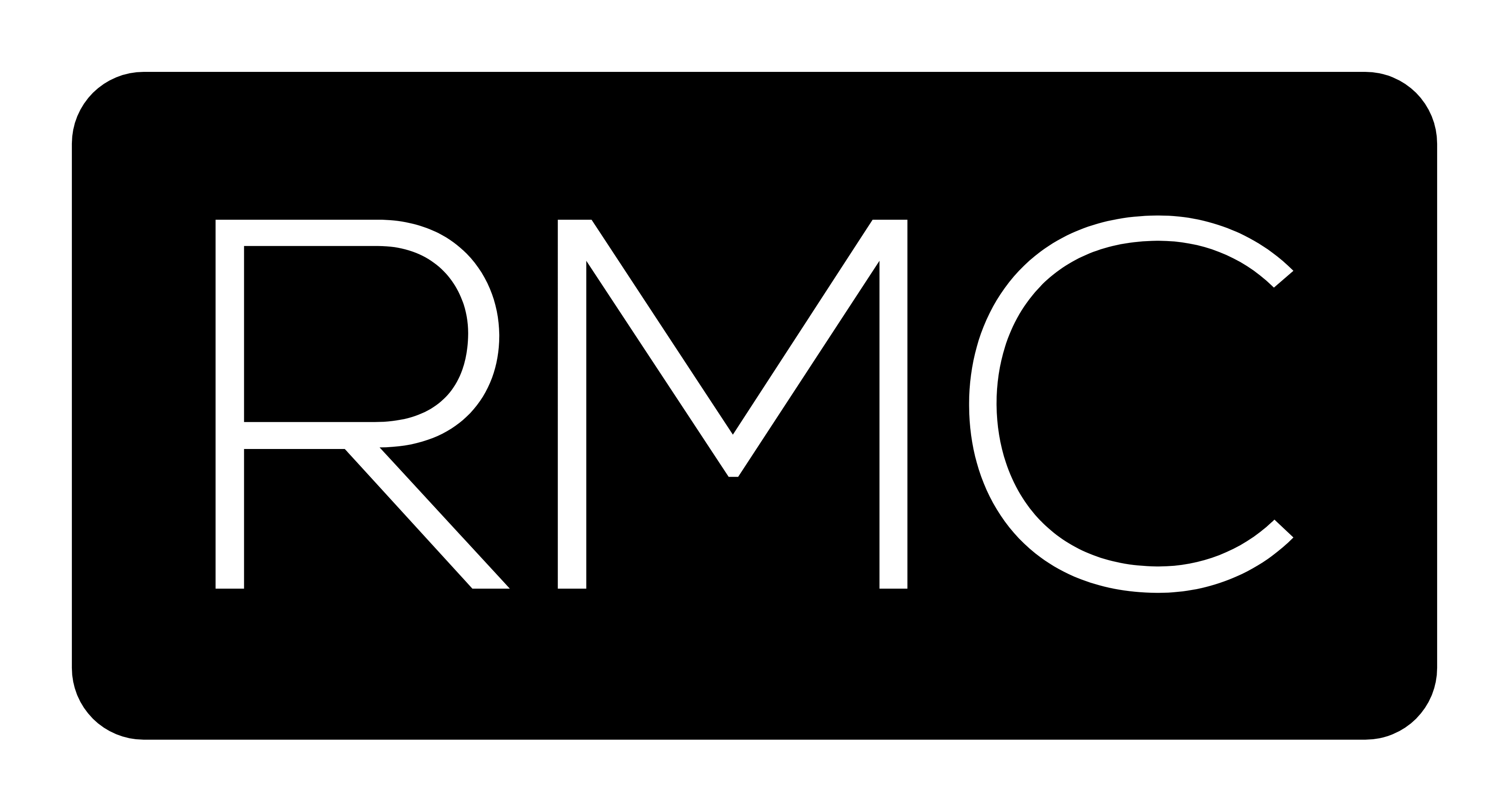How You Can Change The Features Of A Search Engine Results Page
Mastering the intricacies of SEO (search engine optimization) means juggling a ton of moving pieces. The algorithm is constantly shifting, and the structure of a Search Engine Results Page (SERP) often changes along with it. SERP features are often the most noticeable elements on a page of search results, outshining even the results themselves. Depending on the original search, these eye-catching blocks can contain images, videos, graphs, or snapshots from relevant websites.
Since SERP features have a high click rate, incorporating your web content into a feature should be a major component of your SEO strategy.
Keep reading for some of the features you might see on a SERP and an in-depth look at how top-tier SEO and ORM (online reputation management) services from The Reputation Management Company can help you change the features of a search engine results page.
What Are the Features of a SERP?
When you run a Google search, the SERP format will vary depending on the keywords you searched for and the type of information the algorithm thinks you’re trying to find. The top search results themselves are commonly referred to as the “10 Blue Links.” All of the elements on the SERP other than those ten links—including photos, videos, page previews, and more—are called features.
The first feature (top and bottom ad blocks) was introduced in 2000. Since then, Google has rolled out new features as internet use, and search trends have evolved. For instance, knowledge panels were added to the docket in 2012, and video carousels started showing up in 2018. Here’s a rundown of some of the SERP features you’re most likely to see and use.
1. Featured Snippets
Featured snippets function like windows looking into a particular website. They are large boxes that preview what’s on that website and can include images and content.
These days, Google occasionally mixes featured snippets into the “10 Blue Links.” Snippets are attractive to people browsing the internet because they combine valuable information with eye-catching pictures and videos.
These snapshots are most often taken from reputable websites with strong optimization. Investing in professional SEO and ORM is your best way forward if you want to increase your odds of getting your website featured as a snippet.
2. “People Also Ask” Boxes
These drop-down menus function like a mini-FAQ section. They are one of the most frequently-occurring SERP features, and the top questions tend to have a particularly high click-through rate. When a user clicks on a “People Also Ask” question, it expands to reveal a detailed answer and the high-authority website the answer comes from.
The primary function of “People Also Ask” boxes is to streamline internet searches for users by providing answers to popular follow-up questions for given topics. This way, users can keep browsing and researching without conducting another search.
3. Knowledge Panels
Knowledge Panels, also called Knowledge Cards, offer an in-depth look at a specific person, event, or company. They differ from featured snippets in that the information displayed on a Knowledge Card doesn’t come from high-authority websites. Instead, it’s pulled from the Google Knowledge Graph, which in turn combs through websites like Britannica and Wikipedia for information.
4. Video Carousels
Video elements don’t often appear on SERPs; however, they’re an important feature because they take up a lot of space when they appear. Plus, video content is popular among internet users; the Pew Research Center found that about 19% of users watch or download online videos on a given day.
A few factors determine whether a video carousel will appear on a SERP. If the relevant compound keyword includes “video,” Google will be more likely to include videos in the results. Similarly, long-tail keywords that include the names of platforms like YouTube and Vimeo will also generate video carousels.
5. Image Packs
Like video carousels, image packs consist of blocks of images relevant to the search. These images typically come from Google images, which in turn are pulled from websites with strong SEO attached to their pictures. Some searches that generate image packs are obvious. For instance, “photos of trees” will almost certainly turn up an image pack featuring photographs of trees.
However, a less intuitive search may also create an image pack if the algorithm thinks people will find images helpful for that search. For example, searching “resume template” will turn up an image pack of resume templates along with written instructions on how to format a resume.
Which SEO and ORM Techniques Can Affect SERP Features?
You might see over a dozen additional SERP features on a results page. All of them can be influenced by strategic SEO techniques by an experienced ORM agency such as The Reputation Management Company.
Here are a few ways investing in your company’s SEO and ORM can increase your odds of getting your website’s content featured in snippets, “People Also Ask” boxes, image packs, and other types of SERP features.
1. Using Original Images and Videos
If your website includes video content hosted on YouTube or another platform, professional SEO can help increase your odds of getting featured in a video carousel. This involves incorporating keyword-focused tags and metadata into your videos and ensuring your embedded content runs smoothly on all devices.
Hiring The Reputation Management Company for ORM services can improve your domain authority and bring more views to your videos, raising your chances of getting featured. The same goes for your images. Ensure the image content on your website is fully optimized as well as original, and pepper your tags, metadata, and captions with relevant keywords.
2. Implementing Long-Tail Keywords
One of the common issues companies run into with SEO is that the competition for valuable keywords can be fierce. Long-tail keywords offer a way around your rivals. They are multi-word phrases that allow your marketing team to focus on your target audience.
Say you run a sustainable clothing company, and want to market to frequent travelers. Instead of trying to rank for “travel clothes” or “clothes for travel,” choose a long-tail keyword like “wrinkle-free clothes, ethically sustainable” to lower the chances of direct competition with other clothing companies.
Long-tail keywords allow you to rank better on SERPs by gathering more traffic for your webpage, thereby increasing your brand’s reach as well as your ORM.
3. Producing High-Quality Content
Web content remains crucial to successful SEO, especially if you want to be featured on a SERP. Long-tail keywords are great, but they won’t help you unless they’re incorporated seamlessly into informative, useful content.
Churning out professionally-optimized content can really eat into your marketing team’s time. That’s before you even take into account the research SEO agents have to do to stay on top of current trends and ensure they’re using the best keywords for your products.
Outsourcing your content creation to The Reputation Management Company is a great way to maximize your profits and let your in-house marketing department focus on other areas of brand awareness and outreach.
4. Obtaining Authoritative Backlinks
Another key component of SEO, backlinks, offers a chance for websites to boost their search rankings through careful research and savvy negotiation. Check out the websites that host links from your competitors. If possible, see if they’ll also link to your page.
Alternatively, find websites that operate in a similar industry to yours but aren’t competitors and aren’t currently linking to your rivals. These are prime candidates for building authoritative backlinks.
The key to this type of negotiation has something to offer back to the websites you reach out to. An ORM expert from The Reputation Management Company can help you by reaching out to our existing contacts and drumming up prime real estate for your links.
5. Optimizing Internal Links
Linking to other pages on your own website improves your SERP ranking by keeping viewers on your page longer. The algorithm will rank you higher if you appear to be providing users with an educational browsing experience or if your products are popular and generating lots of clicks.
In-depth internal link optimization is another specialty of the SEO experts at The Reputation Management Company. We’ll comb through your entire website and ensure every page ranks for at least two long-tail keywords and that all of your internal links are functional and lead to relevant pages.
6. Maximizing Your Social Media
Social media might be the single most important outlet for digital advertising. With billions of users logging onto social media platforms worldwide, there’s no better forum for increasing your reach and drawing new members from your target audience to your website.
In order to be effective, your social media posts must be relevant, engaging, frequent, and optimized for search engines. Working with social media managers at The Reputation Management Company can ensure you don’t miss your best posting window and that your brand messaging is always on point.
The Bottom Line
SERP features are constantly evolving, and new features will likely be introduced in the coming years that will shift SEO and ORM strategies.
To stay at the top of your industry, it’s vital to put resources into improving and maintaining your website’s search engine ranking. This requires working with an expert agency that closely monitors current trends and SEO best practices.
Schedule a consultation with The Reputation Management Company today for top-tier SEO and ORM services guaranteed to improve your website’s SERP performance.

